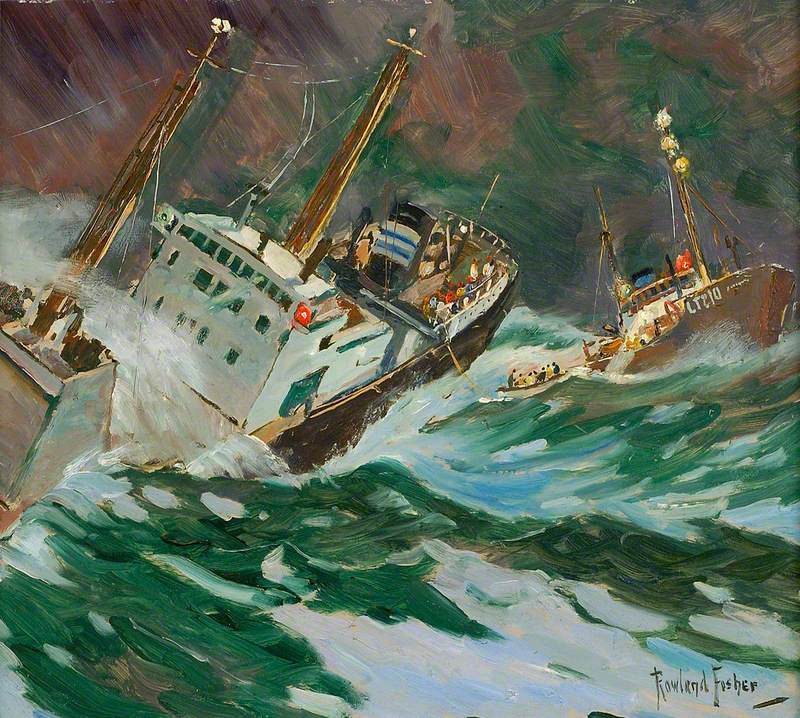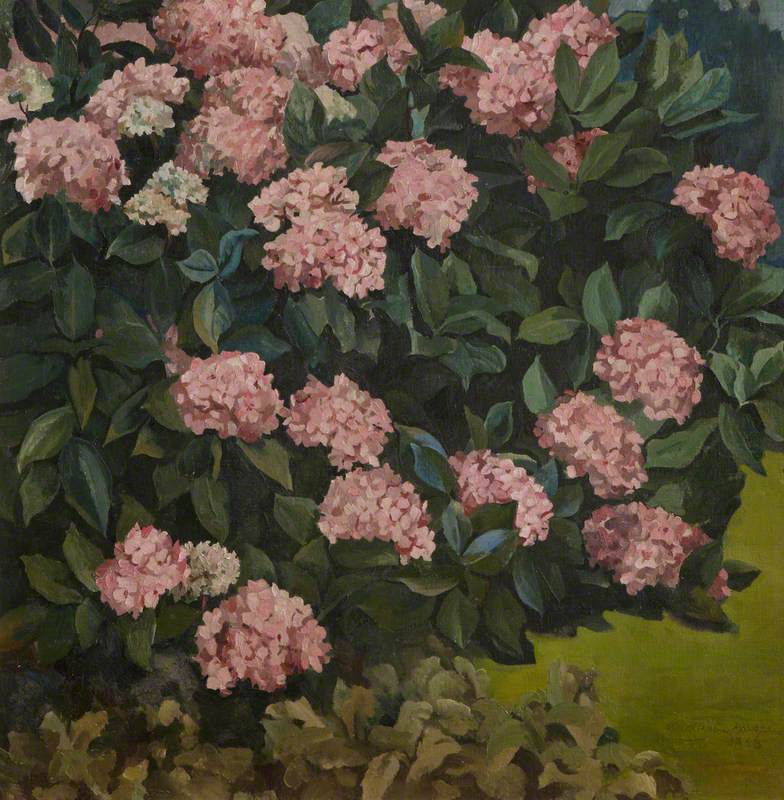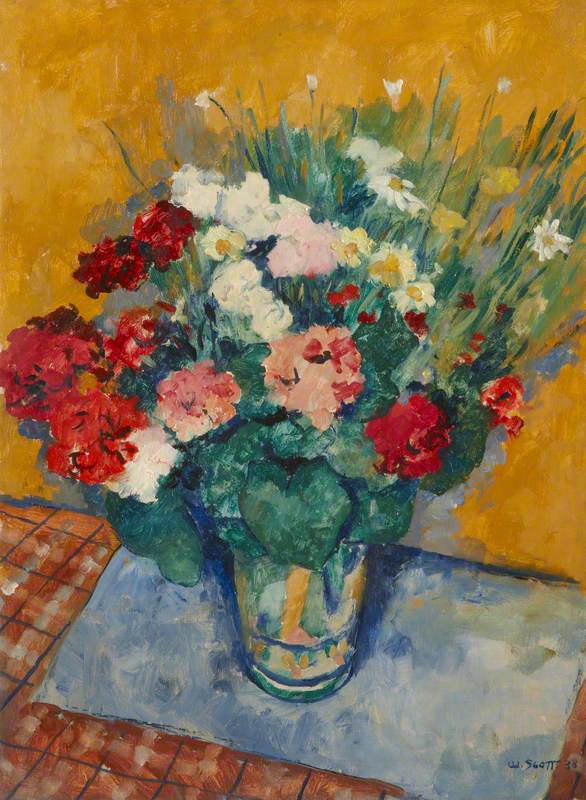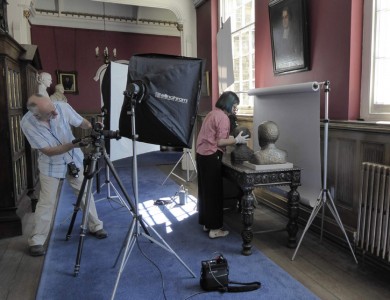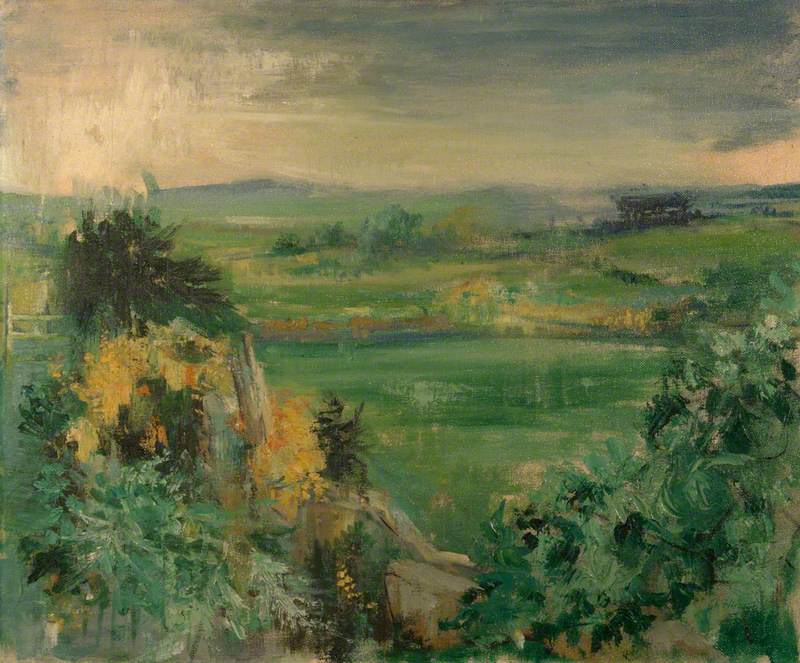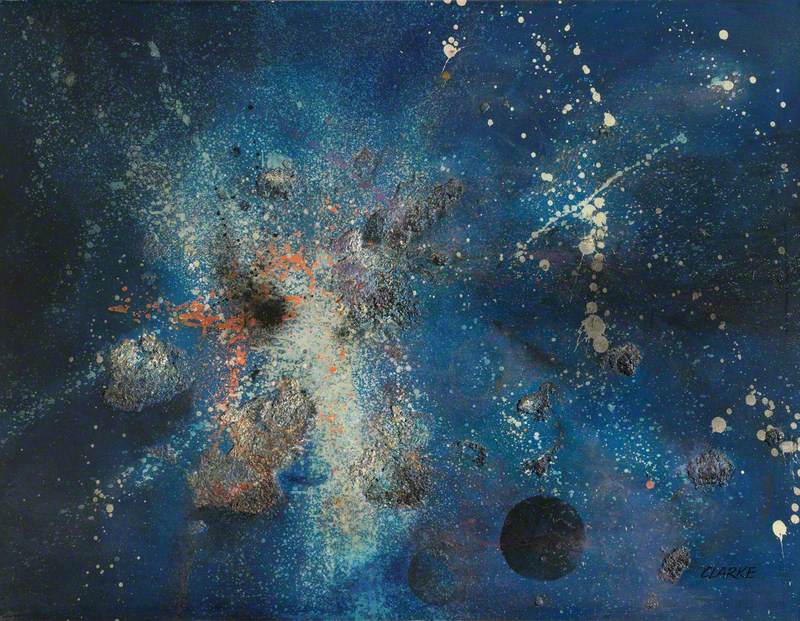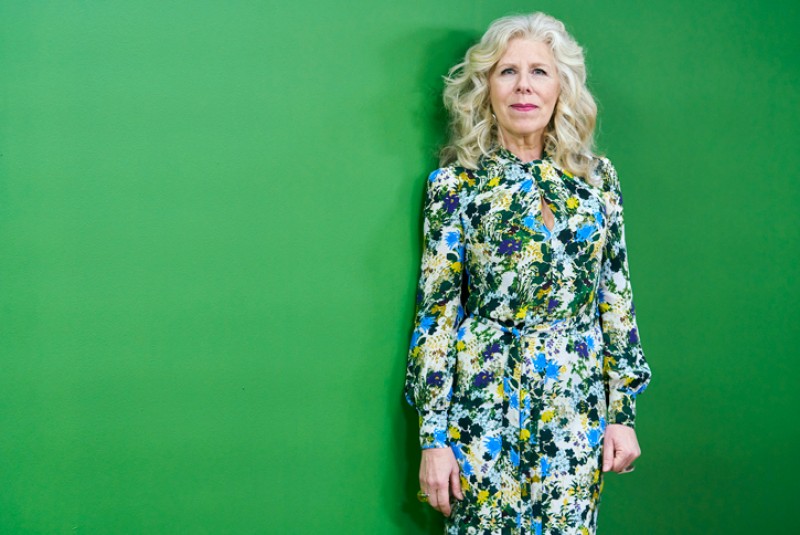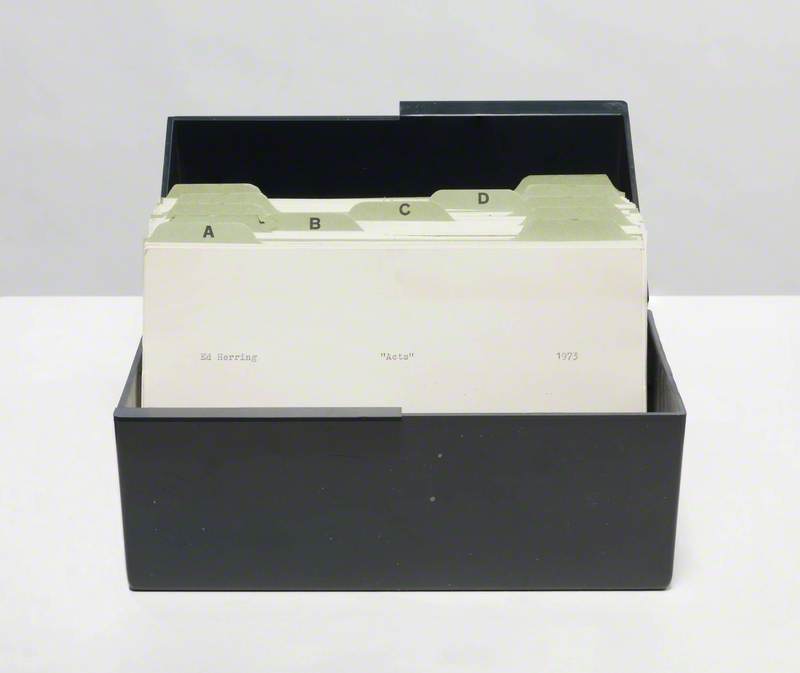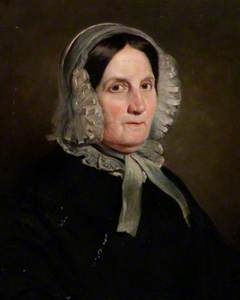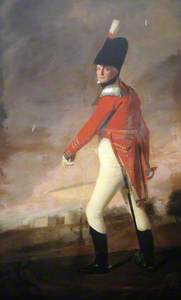Over the course of the paintings project, Art UK worked with a wide variety of institutions throughout the UK, from collections in bustling, busy cities to peaceful, rural locations in the heart of the countryside. As the manager of the Art UK's large team of Coordinators, I visited many of these locations and travelled the same amount of miles as it takes to circumnavigate the earth, not once, but twice! It's interesting to consider which collections and paintings are located in the far extremes of the UK, at our most northerly, southerly, easterly and westerly points.
Our North and West of Scotland Paintings Project Coordinator, Honor Clerk, covered a vast area, taking in the Western Isles, Orkney, Shetland, the Highlands, and Argyll and Bute. Art UK's most northerly destination was the island of Unst, the northernmost of the Shetland Islands and the location of Unst Heritage Centre.
Reverend James Ingram (1776–1879), Free Church Minister (1843–1879)
unknown artist 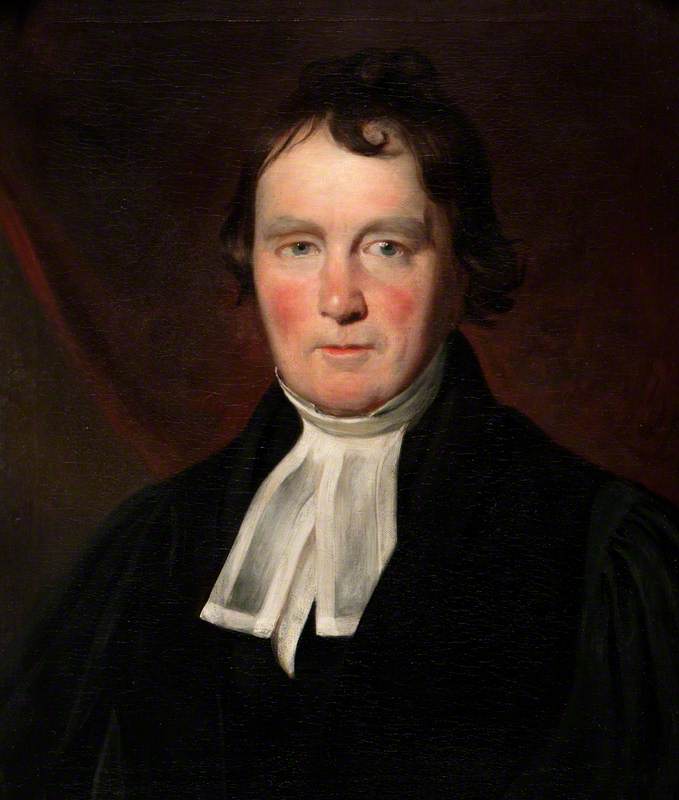
The centre is managed by Unst Heritage Trust and they hold just two oil paintings, both portraits, of Reverend James Ingram (1776–1879), Free Church Minister (1843–1879) and his wife Mary Barclay Ingram (1776–1859).
The Reverend Ingram became Minister of Yell and Fetlar in 1803 and worked there until his death in 1879 at the age of 103, making him the oldest minister in the world. Visitors can reach Unst by ferry from the nearby island of Yell. On this very short ferry ride, the ferryman told Honor that if they saw a basking shark the ferry would follow it! Sadly they didn't.
Travel 1,000 miles south from Unst and we reach our most southerly collection, which is not strictly in the UK. The Channel Islands, like the Isle of Man, are crown dependencies, with their own government and money. Jersey is the most southerly of the Channel Islands, lying just 14 miles west of the coast of France. On a rocky islet in St Aubin's Bay stands Elizabeth Castle.
'Elizabeth Castle was built by Sir Walter Raleigh when he was Governor of Jersey from 1600 to 1603', explains Anne Binney, Art UK's Channel Islands Painting Project Coordinator. 'Apparently he was an excellent administrator of the island. The castle was built to replace the existing castle on the east coast, Mont Orgueil, but Raleigh is reported to have said "Tis a fine old thing" and that it would be a pity to destroy it. So Mont Orgueil remained too, as a defence against invasion from France.'
Elizabeth Castle, managed by Jersey Heritage, is accessible at low tide by foot or by the castle ferry. A small number of Jersey Heritage's paintings are on display in the castle, mainly military portraits, including that of General Don (1756–1832), who was Governor of Jersey from 1806 to 1814.
Lowestoft and East Suffolk Maritime Museum, catalogued by our Suffolk Paintings Project Coordinator, Alan Grundy, is located close to Ness Point, officially the most easterly point in the UK. The Lowestoft and East Suffolk Maritime Society was established in 1958, and the volunteer-run museum opened in 1968. It was extended in 1978, again in 1980, and the latest extension and refurbishment was completed in 2012, with help from the Heritage Lottery Fund, and was opened by HRH The Princess Royal.
Unsurprisingly, its art collection mainly consists of paintings of ships at sea and scenes associated with maritime life, including a dramatic work by Rowland Fisher of the trawler 'Trinidad' LT210 battling through stormy seas.
The museum also holds a collection of oil paintings and watercolours by local artist George Vemply Burwood. Burwood, the son of a fisherman, was a barrel maker by trade, later developing a successful model-making business. His paintings can be seen in a number of collections along the east coast of England.
Five hundred miles west of Lowestoft, in Northern Ireland, is Fermanagh County Museum. Housed within Enniskillen Castle, beside the River Erne, the museum is our most westerly collection. The castle guards one of the few passes into Ulster and has been strategically important throughout its history. It became an English garrison fort in the seventeenth century and later served as part of a military barracks.
The County Museum holds a large collection on artefacts relating to the history, culture and environment of Fermanagh, including a collection of oil paintings, catalogued by our Northern Ireland Paintings Project Coordinator, Alison Mitchelson.
The museum's paintings include works by the artist Terence Philip Flanagan who was born and raised in Enniskillen. Flanagan attended classes in drawing and painting at Enniskillen Technical College, run by his earliest mentor, Kathleen Bridle.
Bridle's painting Hydrangeas is also under the care of the museum. Alison was delighted to discover some early works by William Scott in their store; another artist local to Enniskillen and trained by Kathleen Bridle.
These four museums, at the geographical extremes of the UK, are typical of most of the collections we have worked with throughout the paintings project. Their art collections relate to the people and places of the locality and document the history, geography and culture of our islands.
Art UK would like to thank all of the collections who took part in the oil paintings project for their support and hard work, whether they were located at the far reaches of the UK or somewhere in between.
Katey Goodwin, Art UK Head of Research & Digitisation and Project Manager for The Sculpture Project


